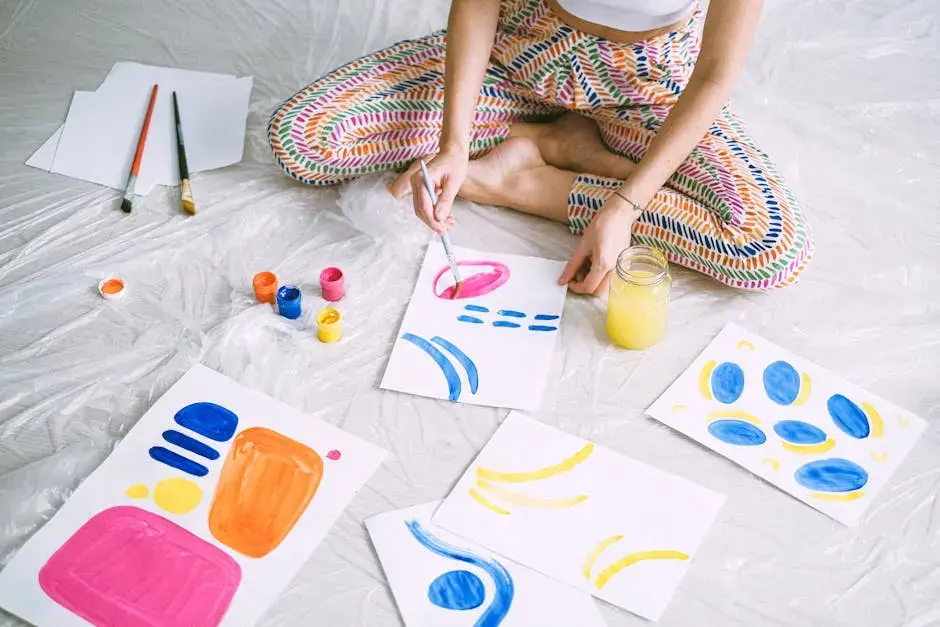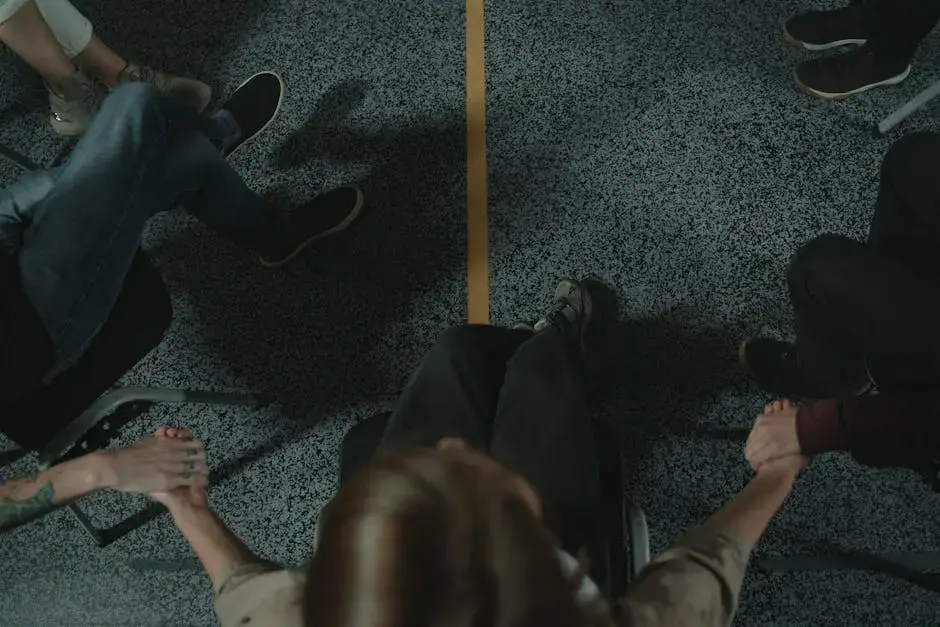Using Art Education Therapy to Enhance Communication Skills
- Karrie Stafford

- Oct 8, 2024
- 4 min read
Art education therapy is an innovative approach that leverages the power of creativity to foster communication and expression. By engaging individuals in various artistic activities, this therapy not only cultivates artistic skills but also facilitates deeper connections and understanding among participants. In this blog, we will explore how art education therapy can be a valuable tool in enhancing communication skills across different age groups and settings.

Understanding Art Education Therapy
Art education therapy is a multifaceted approach that combines the creative process of making art with therapeutic goals. It is designed to assist individuals in bridging gaps in expression, particularly for those who may find traditional verbal communication challenging. This type of therapy allows participants to express their feelings, thoughts, and experiences through various artistic mediums such as painting, drawing, or sculpture.
The beauty of art education therapy lies in its flexibility. Participants can work with different materials and artistic styles, thus allowing them to explore their creativity. This exploration not only encourages self-expression but also provides a safe space for individuals to process their emotions. For many, creating art can be a liberating experience, leading participants toward deeper insight about themselves and their interpersonal relationships.
Moreover, art education therapy is not limited to any particular demographic. It can benefit children, adolescents, adults, and even the elderly. Each group may have unique needs and therapeutic goals, but the common thread is the potential for improved communication and expression through art. Understanding this diversity in application is crucial to appreciating the holistic benefits that this therapy can provide.
The Benefits of Art Education Therapy for Communication
One of the most significant benefits of art education therapy is its ability to enhance communicative abilities. Individuals participating in these sessions often find themselves communicating more freely, as the focus shifts from verbal language to visual expression. Art becomes a bridge, connecting one's internal experiences to the outside world. Participants may even find that they can convey complex feelings or thoughts more effectively through art than through words.
Additionally, art education therapy promotes active listening and empathy. When individuals engage in collaborative art projects, they learn to appreciate others' perspectives. Sharing artworks allows for discussions about feelings and experiences, which can naturally build communication skills. When a participant interprets another's art, it cultivates understanding and validation, reinforcing the importance of mutual respect in communication.
The self-esteem boost that comes from creating and sharing art is another powerful aspect of this therapy. Many participants carry feelings of self-doubt or inadequacy, particularly in social settings. However, the act of creating art and receiving positive feedback can enhance one's confidence. This newfound confidence often translates into more assertive communication, enabling individuals to express their needs and opinions more readily.
How Art Activities Foster Communication Skills
Art activities inherently require some level of communication, whether between the therapist and participant or among peers within a group setting. For instance, guided activities that encourage discussion about techniques or desired outcomes cultivate dialogue. Participants must articulate their thoughts, feelings, or preferences, fostering a rich environment for communication development.
Moreover, the act of critique is vital in the creative process. When individuals discuss their artwork, they practice articulating their ideas and emotions. Learning to receive and provide constructive feedback is an essential communication skill that transcends art itself. These conversations can be thought-provoking, pushing participants to reflect on their emotions and thoughts, which, in turn, enhances their ability to communicate.
Creative storytelling through art also plays a vital role. Participants may be invited to create narratives through their artwork, leading to discussions about story structure, character development, and emotional resonance. Engaging with these concepts helps improve language skills and encourages a deeper understanding of narrative as a form of communication.
Implementing Art Education Therapy in Various Settings
Implementing art education therapy in schools has the potential to create a more inclusive environment for all students. Teachers can incorporate art activities as part of their curriculum, enabling students to express themselves in diverse ways. This approach helps build a culture of openness where students feel comfortable sharing their thoughts and feelings, enriching the classroom dynamic.
In clinical settings, art education therapy can be particularly effective for individuals grappling with anxiety, depression, or trauma. Therapists can tailor activities to suit specific therapeutic goals, ensuring that participants are supported throughout their journey. Such customization enables individuals to explore their emotions at their own pace, ultimately improving their communication skills as they progress.
Community programs also stand to benefit from the inclusion of art education therapy. After-school programs, workshops, and summer camps that emphasize creative expression can empower participants from all walks of life. These programs not only foster communication among peers but also promote collaboration and trust, essential components of effective interpersonal communication.
Success Stories: Real-Life Impact of Art Therapy on Communication
Many inspiring success stories exemplify the real-life impact of art education therapy on communication skills. One such story involves a young girl who struggled to express her feelings verbally due to anxiety. Through a series of art therapy sessions, she found solace in painting. Over time, she began to articulate her emotions on canvas, and with encouragement, she later translated those feelings into words, significantly improving her ability to communicate with her family and peers.
Another powerful example is that of a group of veterans participating in an art therapy program. The shared experience of creating art served as a catalyst for open discussions about their past traumas. As they began to share their artworks and the stories behind them, bonds formed among the participants. This camaraderie not only fostered enhanced communication skills but also created a supportive environment where feelings could be expressed without judgment.
These narratives highlight the profound effects of art education therapy. Many individuals discover their voice through art, leading to increased self-expression, confidence, and improved communication skills. The power of creativity, combined with a supportive environment, can truly transform lives, reinforcing the idea that art is much more than a pastime—it's a pathway to connection and understanding.
The Transformative Power of Art in Communication
In conclusion, art education therapy serves as a powerful medium for enhancing communication skills. By tapping into the creative process, individuals can find new ways to express themselves, connect with others, and develop confidence in their communication abilities. Whether in educational settings, therapeutic environments, or community programs, the benefits of this approach are profound and far-reaching. Embracing art education therapy could lead to transformative experiences for many.




Comments